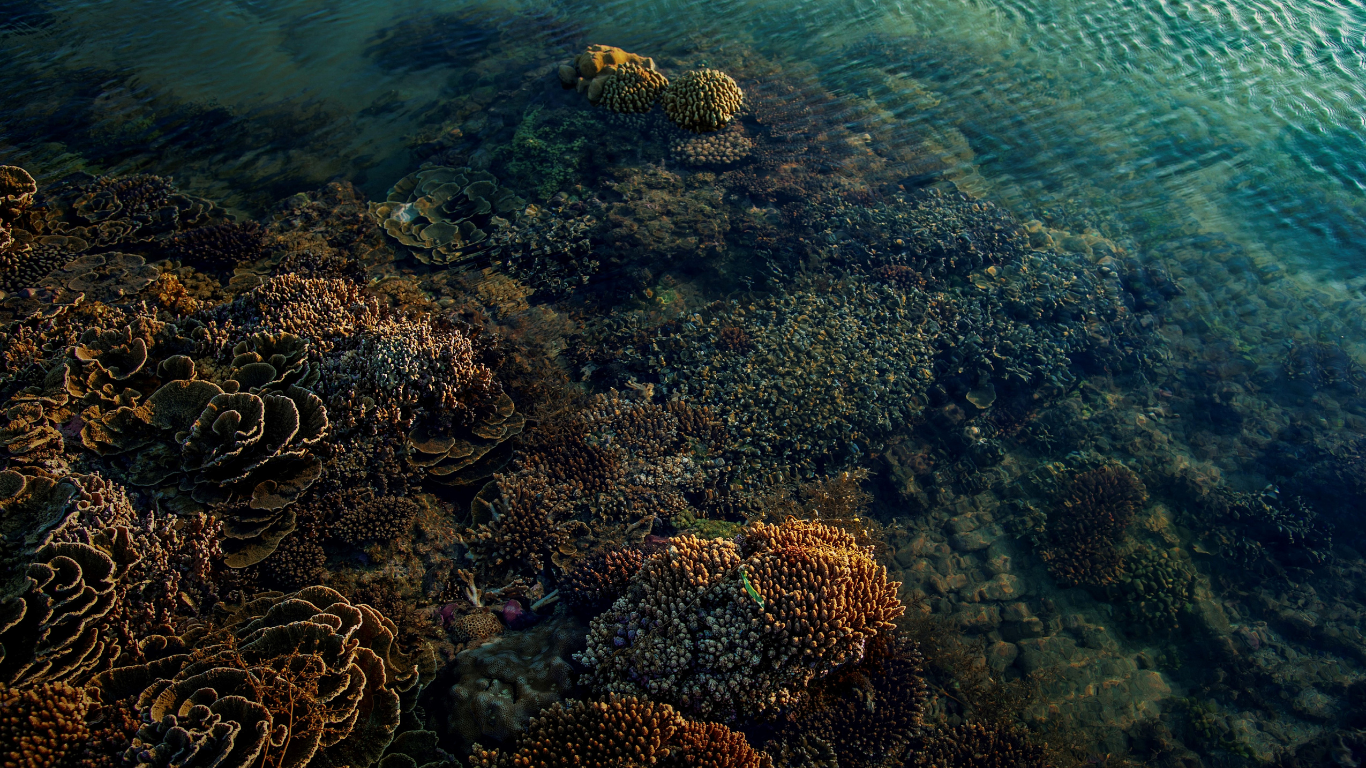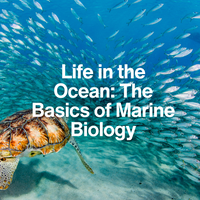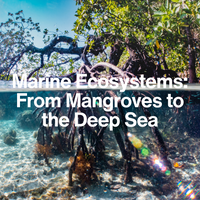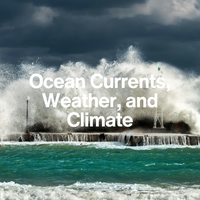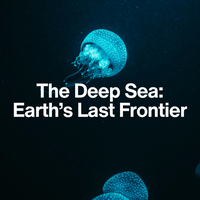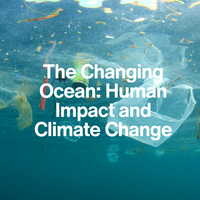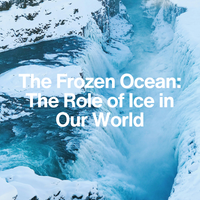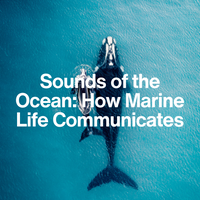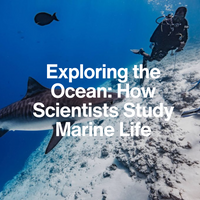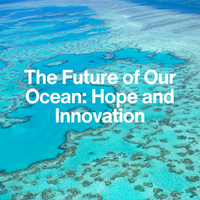LESSON 1
What Are Marine Protected Areas, and Why Do They Matter?

Introduction:
Oceans Worth Protecting
From vibrant coral reefs to kelp forests, seagrass meadows, and open ocean highways, the sea is home to some of the most biodiverse and productive ecosystems on Earth. But human pressures—like overfishing, pollution, and climate change—are pushing many marine species and habitats to the brink.
One of the most effective ways to protect the ocean? Marine Protected Areas (MPAs).
In this lesson, we’ll explore what MPAs are, how they work, why they matter—and how they’re giving us hope for a healthier ocean.
1. What Are Marine Protected Areas (MPAs)?
Marine Protected Areas are parts of the ocean where human activity is restricted or managed to safeguard ecosystems, species, and cultural resources.
They’re kind of like national parks—but underwater.
MPAs can vary widely in their purpose and protection level:
- Some ban fishing, mining, and development entirely.
- Others allow certain activities, like sustainable fishing or eco-tourism, with strict regulations.
- Some protect specific habitats or species, while others cover large swaths of open ocean.

Did you know?
As of 2023, roughly 8% of the global ocean is designated as protected—but only about 3% is highly or fully protected from industrial activity.
2. Why MPAs Matter: Recovery, Resilience, and Biodiversity
MPAs are powerful tools for restoring ocean health.
When properly designed and enforced, they:
- Allow fish populations to rebound, both inside and around the protected area
- Increase species diversity and biomass, creating thriving underwater ecosystems
- Provide refuges for endangered species, from sea turtles and sharks to reef fish and corals
- Help buffer ecosystems against climate impacts like bleaching and acidification
Example: In Cabo Pulmo, Mexico, a no-take marine reserve helped fish biomass increase by over 400% in just 10 years.

3. How MPAs Are Created and Managed
Creating an MPA involves science, law, and community collaboration.
Steps include:
- Identifying ecologically important areas (like coral reefs, breeding grounds, or migration routes)
- Consulting with local communities, fishers, Indigenous groups, and governments
- Defining boundaries and protection levels (what activities are allowed or banned)
- Establishing systems for enforcement, education, and monitoring

Some MPAs are created at a national level, while others are part of international agreements, like the goal to protect 30% of the ocean by 2030—known as the 30x30 target.
4. What Makes an MPA Successful?
Not all MPAs are equally effective. To really make a difference, scientists say MPAs should be:
Did you know?
Marine animals protected in MPAs can live longer, grow larger, and produce more offspring than those in heavily fished areas.
Conclusion
Sanctuaries for a Living Ocean
In a world of rising pressures, Marine Protected Areas are pockets of hope—places where nature can breathe, rebuild, and flourish.
They’re not the only solution, but they’re one of the most effective. And when designed thoughtfully and managed fairly, MPAs can benefit both nature and people.
By protecting the right areas, for the right reasons, and in the right way, we can ensure that future generations will still experience a vibrant, life-filled ocean—not just in photos or memories, but in living colour, beneath the waves.
Key Takeaways:
Marine Protected Areas (MPAs) are designated ocean zones where human activities are managed or restricted to protect biodiversity.
MPAs support ecosystem recovery, enhance biodiversity, and boost fish populations both inside and outside their boundaries.
Effective MPAs are large, old, well-enforced, and fully protected, offering stronger resilience to climate change.
MPAs provide ecological, economic, and cultural benefits—and are key to achieving global conservation goals like 30x30.
NEXT LESSON
Can We Restore Coral Reefs and Help Ocean Habitats Recover?
Let’s dive into restoration science—exploring how corals, mangroves, and seagrasses can be brought back to life with human help.
